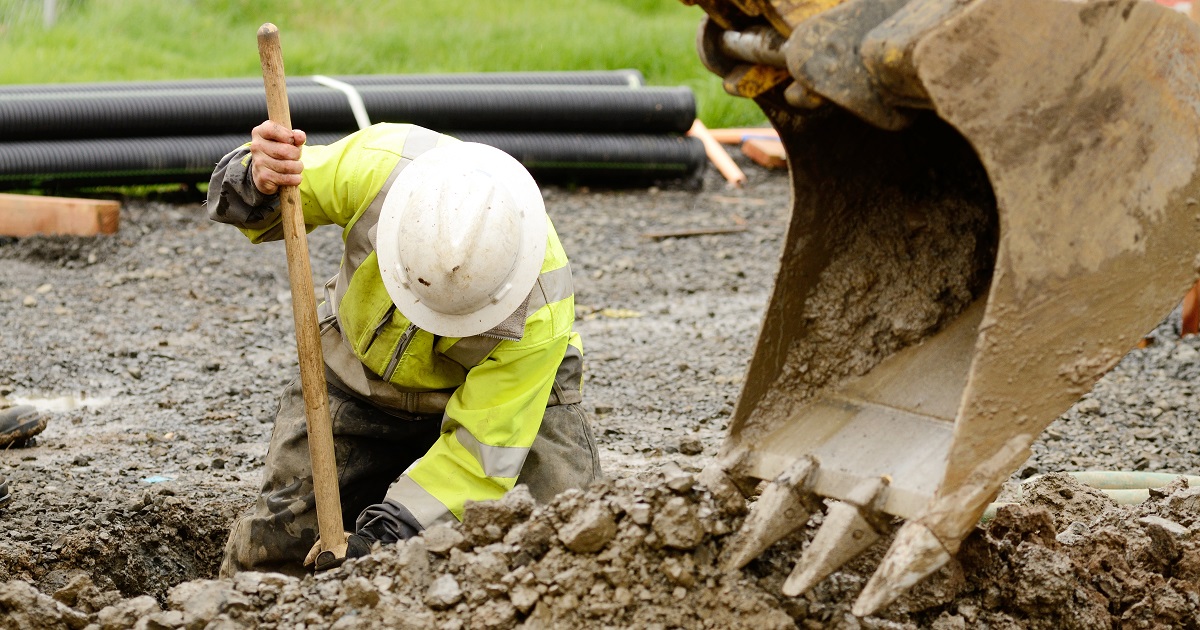Tips for Contractors to Stay Safe Around Electricity
Whether you’re responsible for operating heavy equipment, using handheld tools or climbing ladders, there are inherent dangers in the day-to-day work of a contractor. In the spirit of National Electrical Safety Month, we’d like to share some important and helpful tips for you and your team to avoid hazards while working around electric equipment.
Electrical Safety Basics
Staying safe at a job site begins with understanding the dangers associated with electricity. Keep these electrical safety basics top of mind at all times:
- Always assume all power lines are energized and dangerous.
- Standard-issue protective gear does not protect from electric shock.
- Low voltage does not mean low hazard. More people are killed from 120/240 volts than any other voltage.
- Electricity is always seeking a path to the ground. A person whose body contacts electrical lines can become the path to ground.
- Never assume a phone or coaxial cable line isn't energized. An energized power line nearby could be touching the line, energizing it.
If you are in doubt about line voltages, clearance requirements or how to work safely near power lines, always contact FirstEnergy before beginning work.
Tips for Contractors
Before your team gets to work at a job site, there are a few vital steps to take to ensure everyone is prepared to work safely:
- Examine the job site by searching carefully for overhead power lines, poles and guy wires. Conditions can easily change, and some equipment may be hidden by trees or buildings, so check the site thoroughly and frequently. If you’re unsure about the location of electrical equipment, contact FirstEnergy.
- Call 8-1-1 before starting any digging or excavating job. Your local One-Call agency will mark underground power lines and other utilities so you can keep a safe distance.
- Make a safety boundary by staying at least 10 feet away from overhead power lines carrying up to 50 kV when working with ladders or long tools. When cranes or derricks are being used, keep the crane boom and load at least 20 feet away from the line if you don’t know the line’s voltage.
- Brief your team before beginning work each day to ensure everyone knows where electrical and other utility equipment is located.
Additionally, it’s important that your crew knows how to read utility locator markings and understands the American Public Works Association (APWA) uniform color code for marking underground utilities. Color code charts are available from your local one-call agency, or view them on our e-SMART Worker website.
Stop. Look. Live.
Each year, people are injured or killed by accidental contact with electrical equipment, contact that can be avoided if we all stop to think about our safety. If you are unsure whether an activity poses a safety risk, you should:
STOP. Stop doing what you’re doing.
LOOK. Look around for potential utility hazards and ways you might come into contact with utility infrastructure, and find a way to avoid the hazard.
LIVE. Your safety is in your hands.
For more resources for contractors, including FirstEnergy’s guidelines for flame resistant clothing and protective equipment, visit our contractor safety resource center.
CONTACT: Chris Eck, 330-384-7939

